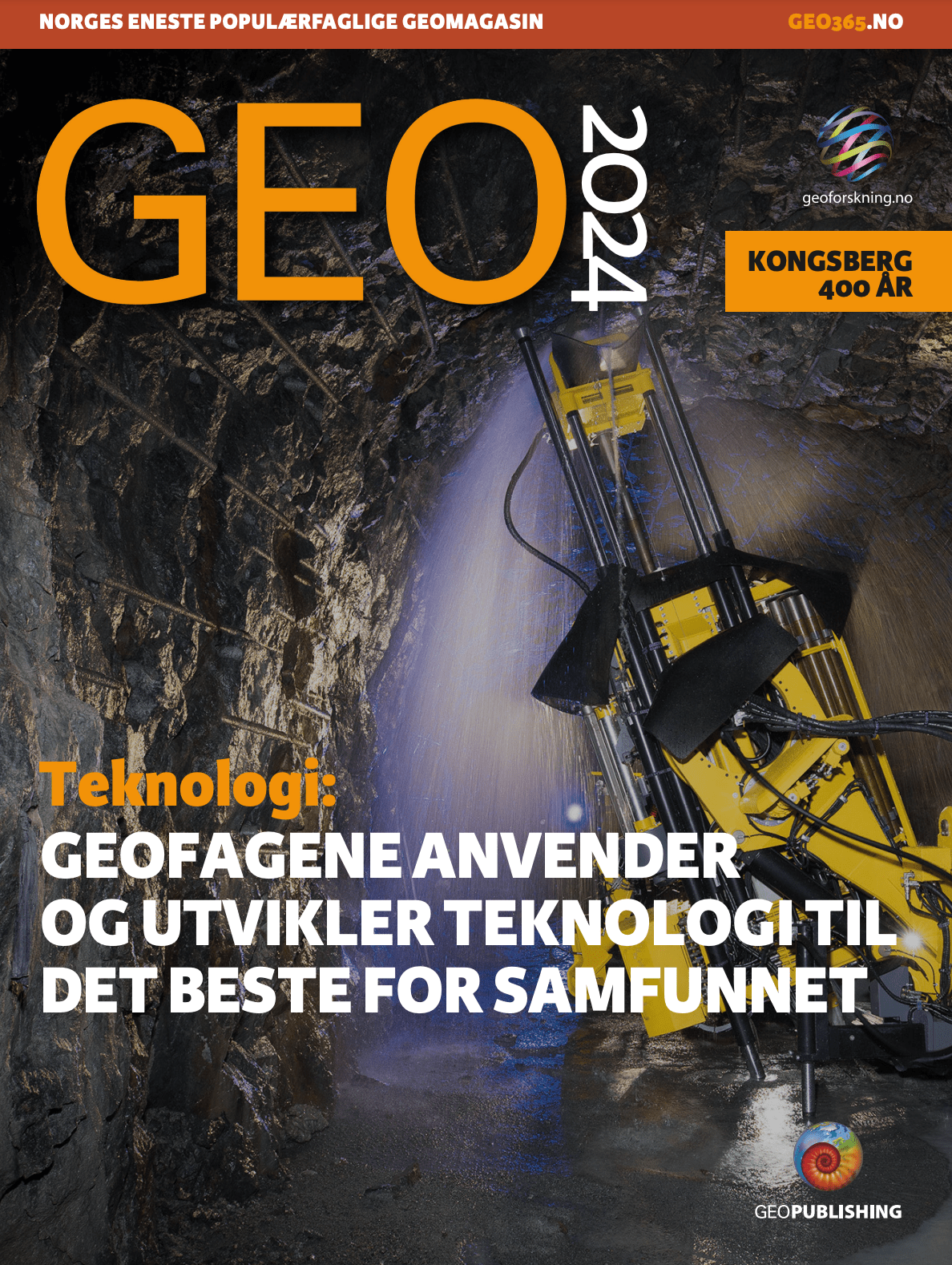There is plenty of knowledge from the petroleum industry that can be utilized when searching for mineral deposits on the seafloor. The MSA model is a low-cost, environmentally friendly tool that may guide deep sea mineral explorers.
 The top illustration shows a hydrothermal convection model with temperatures and fluid flow. The bottom figure shows calculated pressure-temperature paths for convection models compared to two known vent sites. Illustration: Hartz et al. 2021
The top illustration shows a hydrothermal convection model with temperatures and fluid flow. The bottom figure shows calculated pressure-temperature paths for convection models compared to two known vent sites. Illustration: Hartz et al. 2021
When petroleum geologists search for hydrocarbon prospects offshore, they investigate where hydrocarbons form, move and accumulate. This framework, known as the Petroleum System Analysis (PSA), leads to pre-drill predictions of hydrocarbon volumes and phase within a reservoir or reservoirs.
According to Aker BP Lead Geologist Ebbe Hartz and colleagues, the PSA concept could also be used when searching for marine minerals. Exchange the “Petroleum” in PSA with an M, and you end up with Metal System Analysis.
They point out that the MSA exercise is relatively low cost and with no environmental impact. As exploration escalates into surveying and sampling, MSA will iteratively improve and be the tool for further work and benchmarking.
More specifically, the method applies to seafloor massive sulphides which are being deposited over time by mineral precipitation from hot mineral-rich water rising up through hydrothermal vents from deeper layers.
Presently, MSA can’t accurately predict where metals will deposit. Instead, its value lies in excluding areas where metals will not deposit.
The Metal System Analysis starts out with geodynamic analysis, similar to PSA. Then it narrows into predictive models of where metals move and deposit from regional to prospect-scale.
Hartz and his colleagues further explains that the building blocks of MSA are similar to PSA when it comes to active and dead vents – lithology, pressure, temperature, stress, time, phase of the fluid/vapor/solid, and the goal is the same; Where are the conduits and deposits?
During the Deep Sea Minerals conference in Bergen October 20. – 21., Hartz will present the MSA concept in more details. PROGRAM AND REGISTRATION
As shown in the illustration above, he will explain how geodynamic and hydrothermal flow analyses contribute to MSA by combining North Atlantic-scale 3D thermal models and intermediate scale hydrothermal-chemical convection models.
The time-evolving pressure-temperature path of specific vent sites are mapped into equations of phases and the calculations show where minerals form sub-vent before rapidly being vented out.



